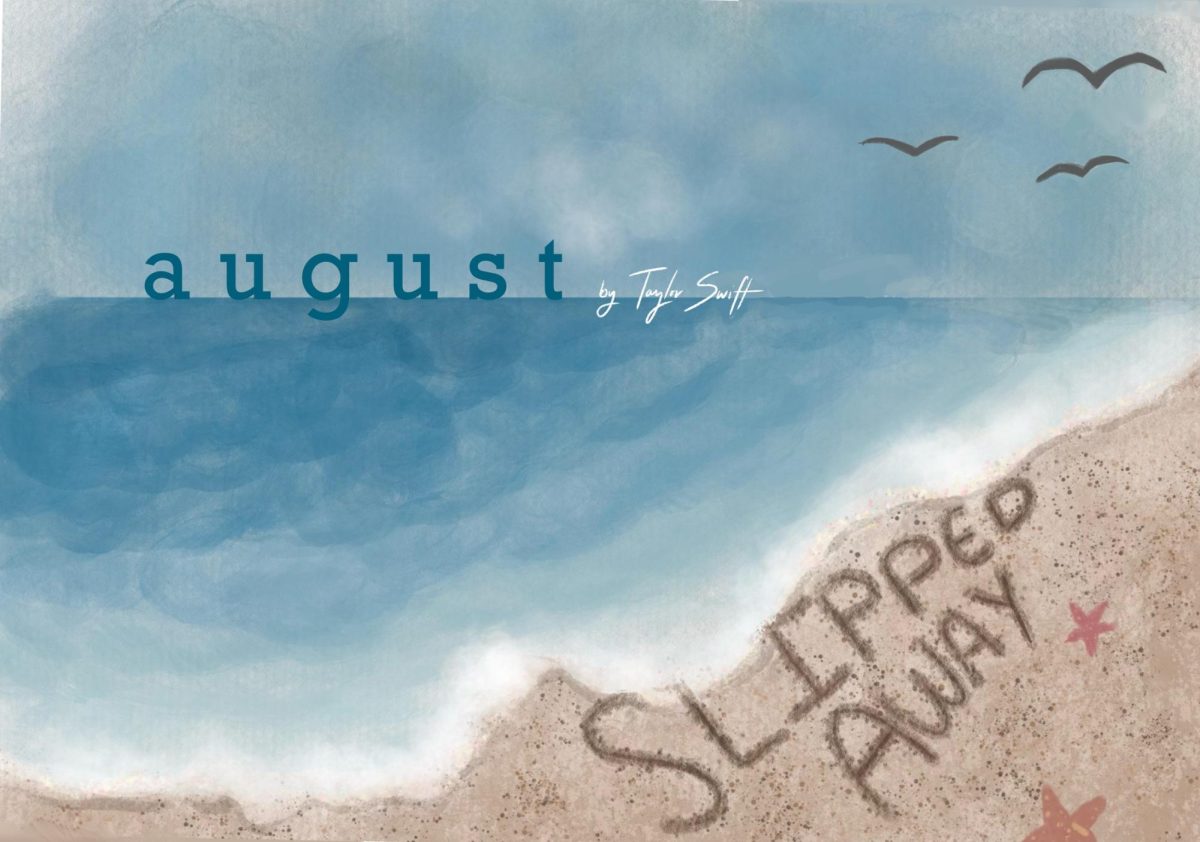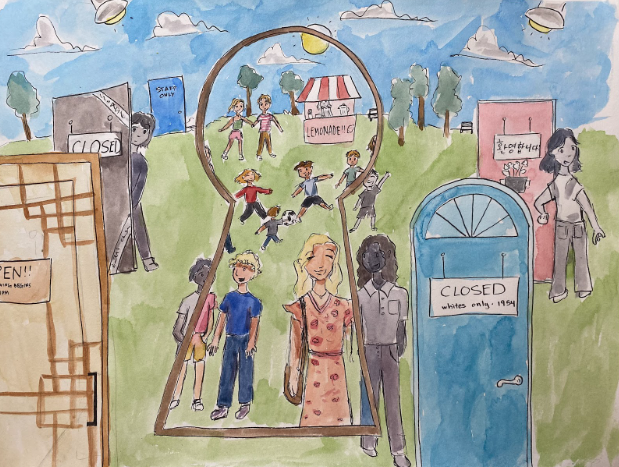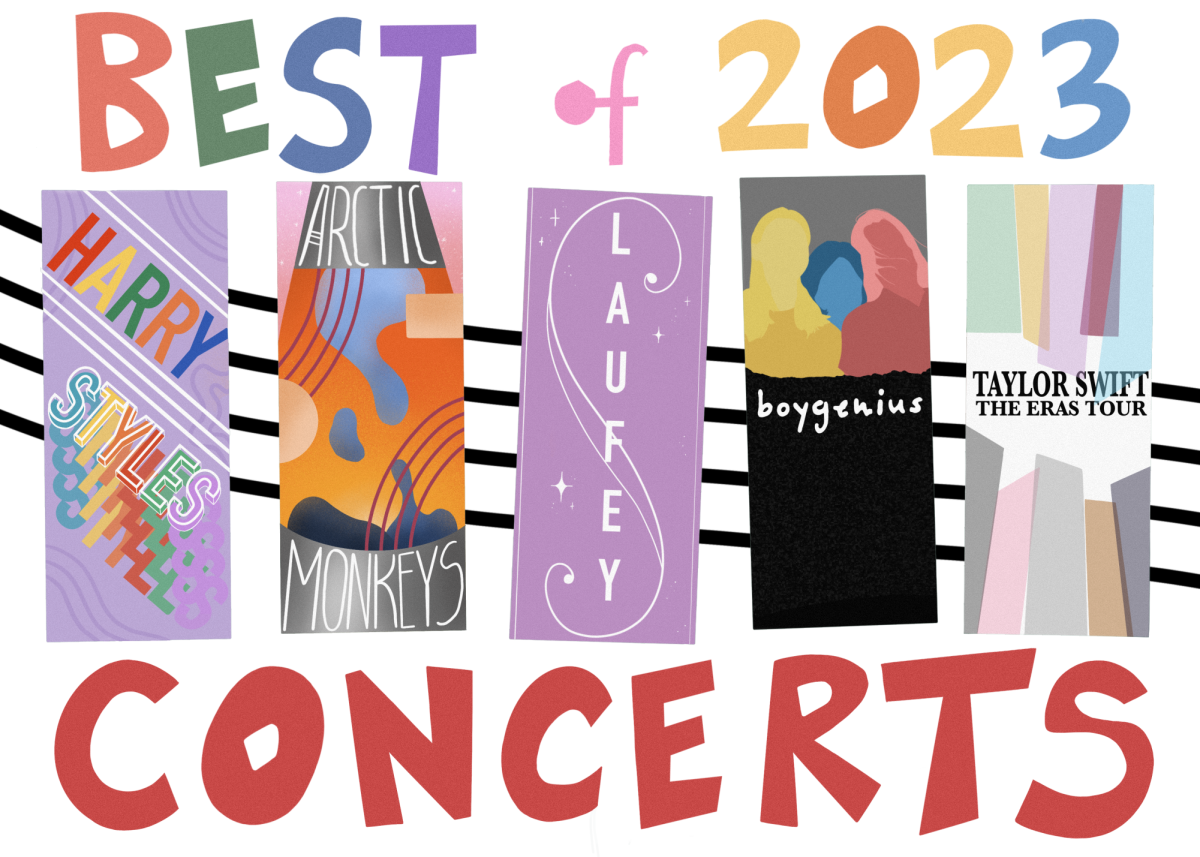To quote a cutesy phrase that has probably been emblazoned on neon colored shirts across department stores everywhere: “The Earth without art is just ‘eh’.”
It’s incredibly cliche, but it’s also incredibly true. If you analyze your life, you’ll likely find that a significant portion of your satisfaction is probably attributed to listening to music, watching a movie, drawing or exercising artistic creativity and appreciation in other ways.
Art, particularly music, is so heavily consumed, yet such little time is spent appreciating it without distraction and without predisposed judgement.
I’m going to focus on classical music, because there’s often a misconception that classical music is boring. Even I’ll admit that I occasionally lose patience with it, despite playing the violin, which is heavily featured in classical music. Compared to other music, though, classical music is actually more fun to play and listen to, especially because no pop song that I know of features cannons (more on that later).
Part of what makes classical instrumental music unique is that it has no lyrics– all of the emotion is highlighted in the instruments. There are so many nuances in the scores filled with musical notes that influence how we feel when listening to it. Volume, articulation, speed, and pitch are only a few of the things that turns black dots and lines into wordless meaning that affects us not only emotionally, but also physiologically. Your heart rate, blood pressure, breathing rate and even your galvanic skin response (sweat levels) change as you listen to music– and all of these changes are so minute that it’s not always noticeable. It seems to both be amazing and mundane to think that music can have such a heavy influence on us.
Music is convincing because it mimics the human voice. As an example, sad, melancholy music imitates the quality of sad speech, particularly through low pitches, quietness and slowness. Perhaps that’s why we tend to find an odd sense of relief when we listen to sad music. It acts as an outlet for us to project our own emotions onto. On the other hand, upbeat music naturally evokes joyfulness as we find ourselves tapping along or even smiling.
The arts are a reflection of who we are, and how we feel. We read novels because they highlight timeless themes that unite different stories like beads on a string. We admire paintings because each pixel or brush stroke adds up to an enigma or an epiphany. We listen to music because each note, whether accompanied by a voice or an orchestra, pulls us deeper into a whirlwind of emotion.
I hope that music can be fully appreciated, because it is so closely related to the human experience. With that in mind, I’ve included a list of classical pieces that are infinitely amazing and far from boring. Click on an emotion/theme (or several, or all) to experience what it can sound like.
Sadness (not yet classical, but it’ll emotionally damage you regardless)
Triumph (This is the piece with the cannons, in case you were looking for that. The cannons show up after 13:58 (but listen to the whole thing anyways))
Maybe you’ll disagree with me on which pieces are tied to which emotions. But that’s what makes art so interesting– our own life experiences and thoughts can shape how we interpret and experience it.















John • Nov 2, 2015 at 9:11 am
Very good Article Ashley. Keep Rocking…
John • Nov 2, 2015 at 9:08 am
Good Article Ashley. Keep Rocking…
Anu Vijay • Sep 16, 2015 at 5:33 am
Ashley Amaldhas has put art at the core of her mission and unleashed our spirits.
And what better way to do that than with an all-Music outburst of love, acceptance and celebration of the freedom of individuals to do what they want.
Thank you for a great article.